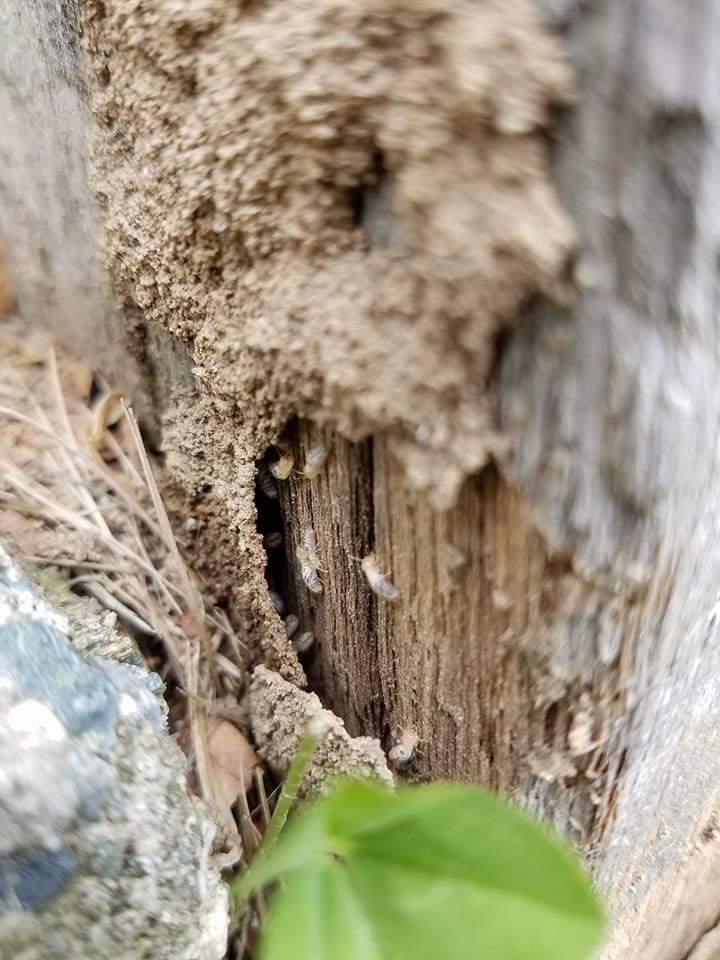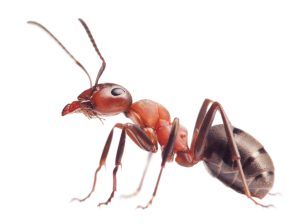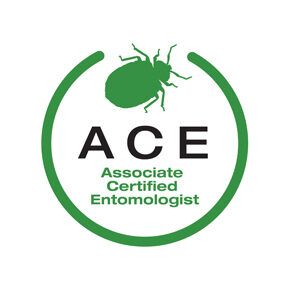In Connecticut, our primary concern revolves around subterranean termites. Unlike other termite species prevalent in southern states, such as aerial and dry wood termites, subterranean termites thrive in soil habitats. Their preference for residing in the ground offers unique advantages, notably their mode of progression from soil to wood. As subterranean termites’ surface, their industrious workers construct distinctive mud tubes resembling crawling veins along surfaces, fashioned from – you guessed it – mud!
Annual Termites:
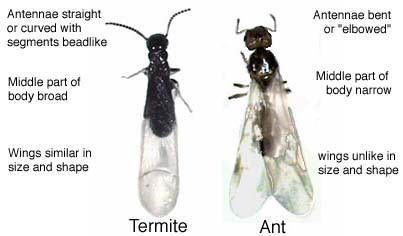
The annual termite swarms, comprising hundreds to thousands of winged females and males, mark a crucial reproductive phase where these winged pairs mate before the males perish, and both sexes shed their wings. Owing to their morphological resemblance, both termites and ants, particularly their ruling classes, are commonly misidentified due to their visual similarities. However, key distinguishing features include the wings resting flatly together, straight antennae with segmented beads, and a body width equivalent waistline in termites.
Termite Removal Methods:
When addressing a termite infestation, two primary methods are commonly employed. The conventional approach entails injecting a liquid material into the soil surrounding a structure, subject to the soil’s receptiveness and the absence of obstructions hindering a comprehensive barrier formation due to buried debris. At Bee Smart Pest Control, we adopt a dual-system strategy. Our process commences with injecting dry foam into infested wood, ensuring termites become infected upon contact and spread the material to their colony. Subsequently, bait stations are strategically positioned around the premises. Upon termite feeding, these stations dispense a growth inhibitor, impairing their ability to molt, leading to their demise within their exoskeleton. This combined efficacy swiftly eradicates the termite colony.
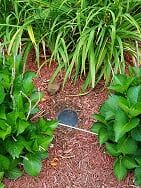
Beyond immediate elimination, bait stations offer long-term monitoring benefits, enabling continuous surveillance of termite activity surrounding the building. Research findings underscore the prevalence of termite colonies within close proximity, highlighting the necessity for vigilant monitoring and control measures within a 100-yard radius. Considering that termite workers forage within the top 18 inches of soil, strategically deployed bait stations bolster early detection and prevention efforts, ensuring proactive termite management.
~ Thanks for reading!
Chris Mojo A.C.E
Call us today to have an expert check your home for termites for FREE! 860-446-7500

